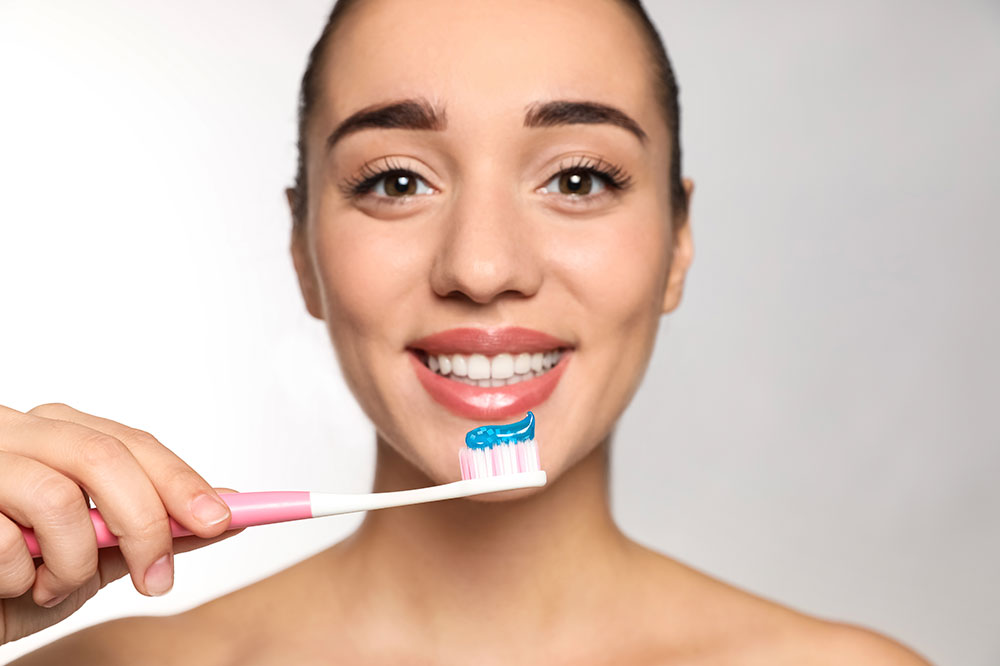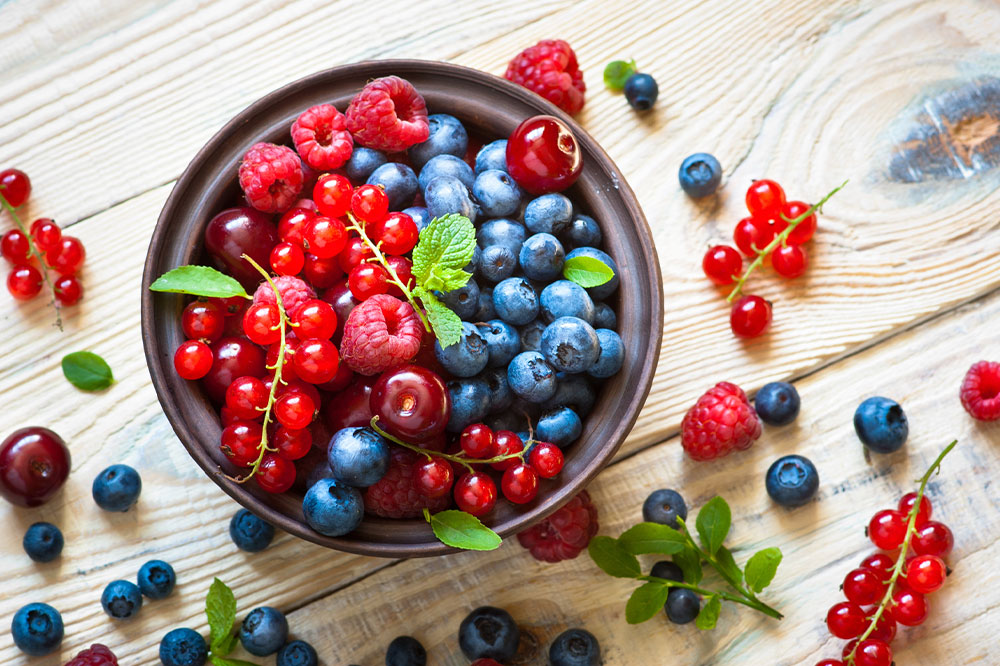Teeth whitening – Tips and top toothpaste options

Who wouldn’t want a smile that brightens an entire room? Pearly white teeth can give people the confidence to smile wide and often. However, whitening teeth and maintaining their brightness requires top-notch whitening solutions. Further, one should opt for the best whitening toothpaste for quick results. Bright teeth are a result of a healthy meal plan and excellent oral hygiene; so here are a few tips for getting whiter teeth:
Tips for teeth whitening
Avoid staining foods
Teeth whitening at the dentist is an expensive procedure. However, once teeth are cleaned professionally, one can maintain the shine by avoiding certain foods that can stain the tooth surface. Some such foods are sodas, coffee, tea, tomato-based sauce, turmeric, curry powder, balsamic vinegar, red wine, and fruit and vegetable juices like pomegranate and beetroot. It is best to avoid them, reduce their consumption or, at the least, rinse the mouth with water after consuming them.
Limit sugar intake
Avoiding sugar is not only good for maintaining health but also for ensuring the teeth stay white. Sugary snacks encourage the multiplication of bacteria in the mouth. This allows the corrosion of the enamel and consequently results in the yellowing of the teeth. So, one should minimize their intake of sugary foods like caramel, toffee, peanut brittle, colored candy, and chocolate. One can start by limiting such sweet foods and brushing their teeth after having sugar. This can help reduce the effect of such foods on tooth color.
Maintain oral hygiene
A daily routine that includes brushing twice, flossing once, and scraping the tongue is ideal for keeping the teeth white. Regular dental checkups should also be part of oral hygiene. Though aging can make the color of the teeth turn a dull yellow, good oral hygiene practices can help slow this process. Regular brushing and flossing ensure no food and drink residue on the teeth and help get rid of plaque or tartar in the mouth, which can cause gum disease.
Use teeth whitening products
A rather crucial step for getting pearly white teeth is to invest in good whitening toothpaste. So, consider checking out the following list for the best toothpaste options. Good whitening toothpaste usually contains peroxide, baking soda, activated charcoal, and mild abrasives to polish and brighten the teeth. Further, one can choose teeth whitening trays for similar results. These custom-made trays contain a bleaching agent like hydrogen peroxide that helps whiten the teeth effectively without damaging the gums. Finally, one can opt for in-office teeth whitening for a systematic procedure. Products cannot replace a skilled dentist tending to the teeth and offering safe solutions to maintain hygiene. So, one should make regular appointments and consult a doctor for whitening solutions.
In addition to the above-mentioned tips, one should avoid unhealthy lifestyle choices that stain the teeth and have an overall negative impact on health.
Top whitening toothpaste
Crest 3D White toothpaste Radiant Mint
One of the most well-established brands for home teeth whitening is Crest. One of its top-selling products, 3D White toothpaste, has a pleasant mint flavor. The toothpaste contains an abrasive whitener that not only strengthens the teeth but also removes the stains on the surface. For those with weak enamel, the silica abrasive might cause some sensitivity. However, most people have positive experiences with this $13-tube of whitening toothpaste.
Colgate Optic White Advanced Teeth Whitening toothpaste
With an RDA (Relative Dentin Abrasivity) score of 100, Colgate’s Optic White Advanced Teeth Whitening toothpaste is one of the gentler products. However, this does not mean that the ingredients are gentle on the stains. The toothpaste contains both chemical and abrasive whiteners, which is why dentists highly recommend the product. With a combination of 2% hydrogen peroxide, hydrated silica, and fluoride, the whitening toothpaste helps remove tough stains and protect the teeth from cavities. This teeth-whitening product typically costs anywhere between $10 and $15, depending on the retailer one chooses.
Sensodyne ProNamel Gentle Whitening toothpaste
Sensodyne ProNamel toothpaste uses potassium nitrate, sodium fluoride, and silica as its active agents to whiten the teeth. The paste gently scrubs away stains while simultaneously strengthening the enamel and protecting the teeth from cavities. While it does not remove intrinsic stains, it offers excellent protection and gentle whitening for sensitive teeth. Priced at a little over $10, this Sensodyne product is ideal for sensitive teeth and has mild whitening effects.
Burt’s Bees Charcoal + Whitening Mountain Mint Toothpaste with Fluoride
With silica and charcoal as the two active whitening agents, Burt’s Bees has come up with an affordable whitening toothpaste. It costs less than $10 whether one wants a fluoride or a fluoride-free version. The charcoal is responsibly sourced from coconut and bamboo. The paste offers a minty taste, ideal for a refreshing morning. What’s more? Its packaging is 100% recyclable.
Hello Naturally Whitening Farm Grown Mint Fluoride Toothpaste
With a strong peppermint flavor, this toothpaste is an excellent option for relatively natural teeth whitening. Instead of depending on chemical whiteners, Hello uses a natural abrasive whitening agent and gently whitens the teeth. Its ingredients consist of farm-grown peppermint and tea tree oil to prevent bad breath and coconut oil to moisturize the mouth and gums. The product is peroxide-free, cruelty-free, and vegan and is made without any sulfates, dyes, or preservatives. Further, the toothpaste costs only $5 at most stores, making it an affordable and natural option for brighter teeth.
Pearly white teeth are a result of a persistent effort to maintain oral hygiene and healthy eating habits. Although whitening toothpaste can work on superficial stains, it does not make the teeth lighter than their natural shade. Bleaching kits can offer significant whitening but typically damage the enamel and the gums if one overuses the product. So, combining professional whitening by dentists with a healthy oral hygiene routine that includes using a whitening toothpaste is ideal. Also, one should avoid foods and drinks that can stain the teeth or contribute to yellowing.


